What is the core muscle?
What is the core muscle? And how can you develop it for the better?
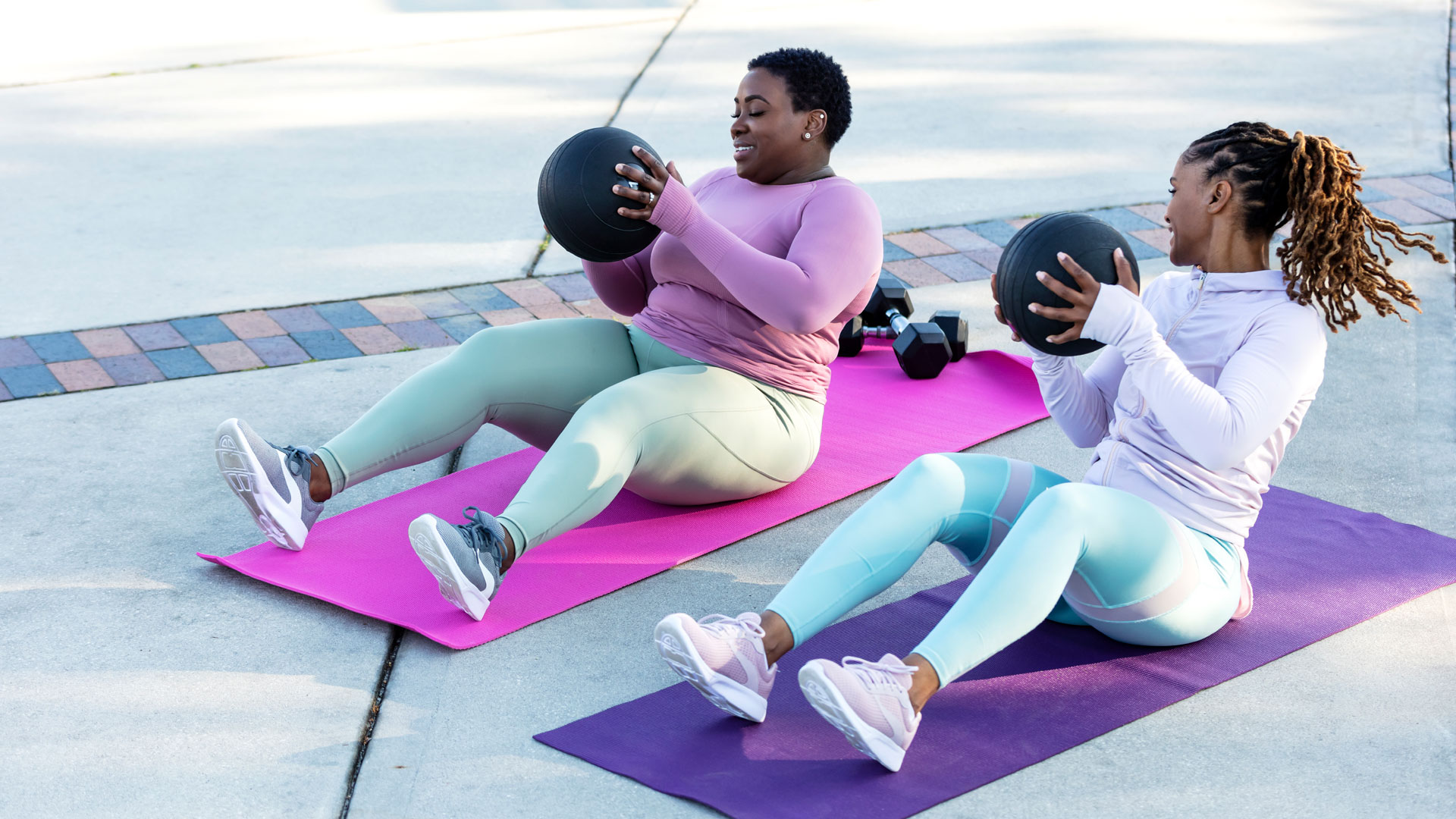

We talk about strengthening it all the time, but what is the core muscle exactly? Well, often we think about the core as one big muscle, which is likely why so many associate core training with the abs. But targeting your core in your workouts is more than just about achieving six-pack abs; it can also unlock greater total body strength, and decrease your risk of injury.
Your core isn't just your six-pack muscles. It's layers of deep muscles that help support your pelvis, spine, buttocks, back, hips, and stomach and are the foundational muscles for keeping your posture strong and tall and allowing you to twist, bend, run, jump and move about.
Before buying one of the best ab rollers to start sculpting your stomach, read on to find out what is the core muscle, what is its function is, and more about core muscle injuries and how to prevent them.
What is the core muscle and what does it do?
Pre and post-natal personal trainer Eliza Flynn explains what the core is and its function: "Your core isn’t just one muscle – it’s made up of many different muscles which, in a functional core, work in harmony. If you think your core is just your six-pack and oblique muscles, think again. Your core is a series of deep and superficial muscles that run from your body's trunk down to your hips. Think nipples to knees!”
Fynn explains that while your six-pack and oblique muscles are the muscles you can most easily see, plenty of others are working with them. And in fact, it’s the muscles you don’t see which are actually doing most of the work.
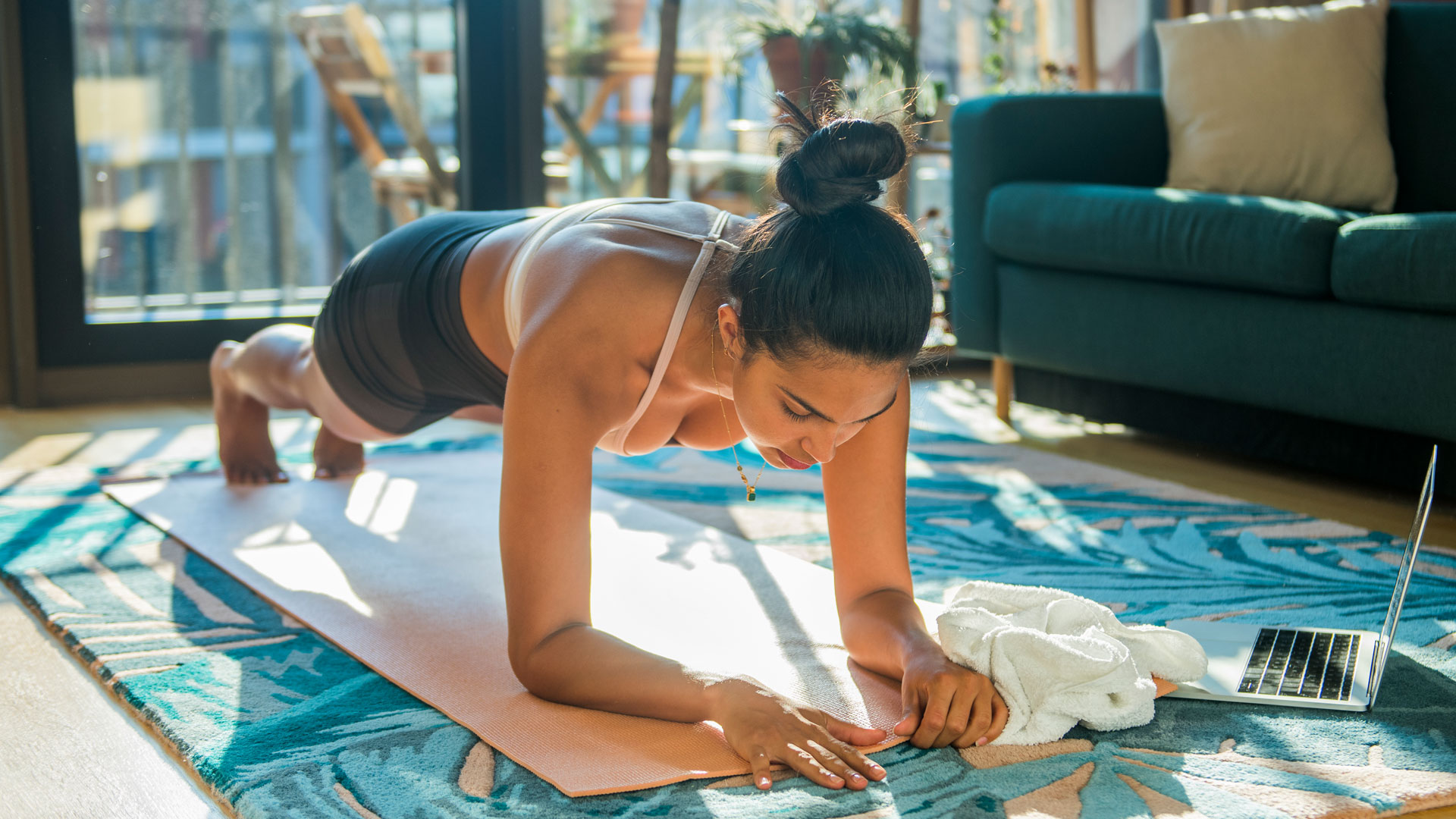
These are made up of:
- Transverse Abdominis (TVA): This is a broad corset-like muscle that runs around your waist. It helps support your lower back and is also responsible for containing and supporting the organs in your abdomen. This is your deepest core muscle.
- Pelvic floor: As part of the core, this works with the deep abdominal, spinal muscles, and diaphragm to control the pressure within your abdomen and help with breathing.
- Internal obliques: help with breathing, side and forward bending, and rotational movements.
- Multifidus: These are responsible for stabilizing your spine during lifting and rotational movements.
- Quadratus lumborum: This is an abdominal muscle that connects your ribs, spine, and pelvis and helps with posture.
- Diaphragm: This muscle helps you breathe, located just below your lungs.
The muscles responsible for bigger movements are your global muscles. Within the core, these are:
Get the Fit&Well Newsletter
Start your week with achievable workout ideas, health tips and wellbeing advice in your inbox.
- Rectus abdominis: These are your six-pack muscles responsible for forward ‘crunch’ movement and supporting your internal abdominal organs.
- External obliques: These are your side stomach muscles and are responsible for side bending and rotation.
- Erector spinae: These long muscles run down either side of your spine. Their primary function is to help stabilize the spine and assist you in movements that arch your back.
- Hip muscles attach to the spine, pelvis, and femur and are responsible for pelvic stabilization.
What is your core muscle used for?
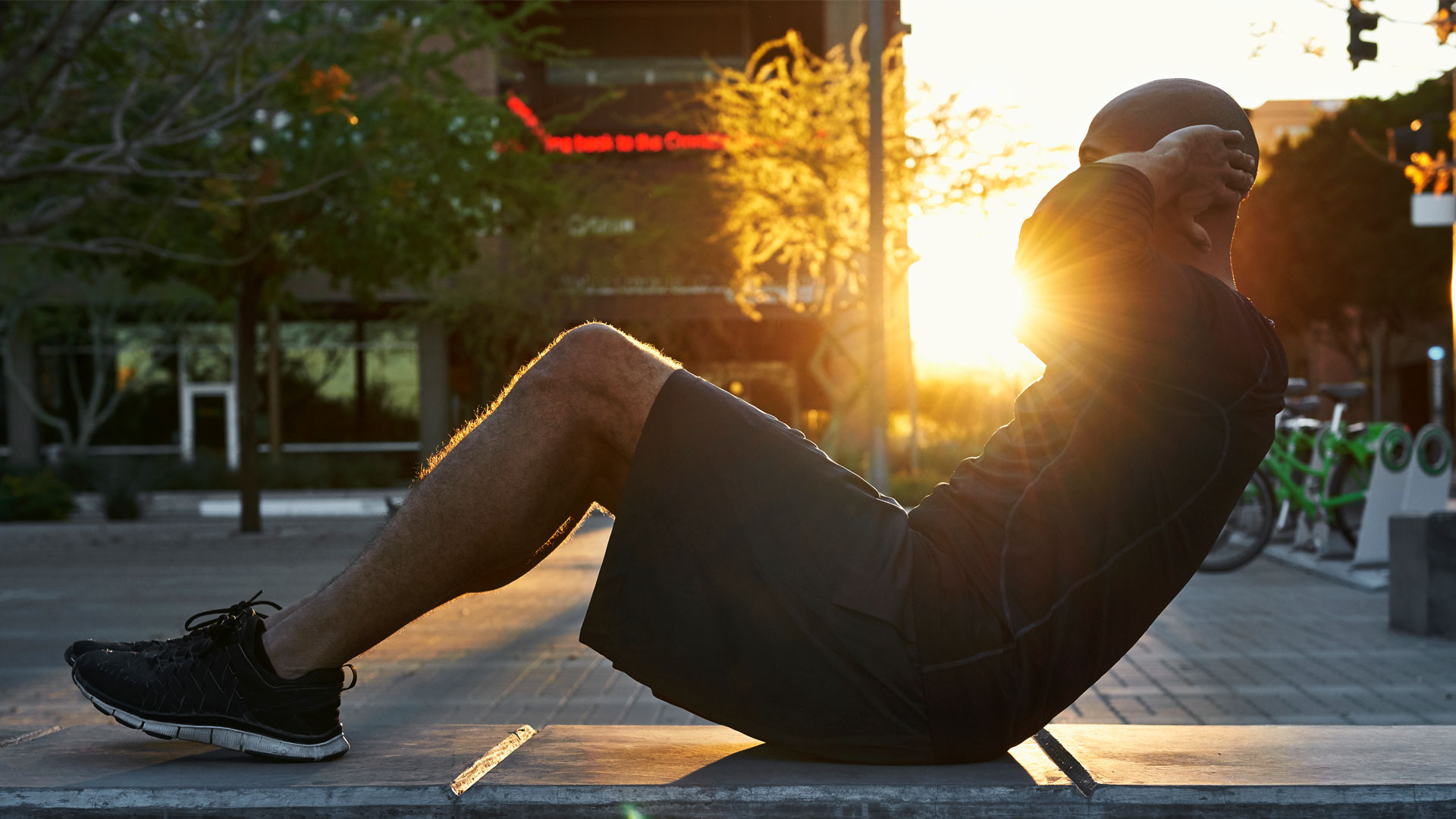
Flynn explains, “Your core is the center that provides the stability and strength for larger movements. You can’t make any significant movements without using your core. Picking clothes up from the floor, throwing a ball, crawling on the floor with your pets or children, gardening – all these depend on your core muscles. Imagine your body as a car – your core muscles are your shock absorbers. As well as preparing you for movement by anticipating forces to your trunk, core muscles are also there to help you react to sudden, unexpected movements such as tripping over a pavement block or slipping on ice.”
“During exercise, core muscles are used for big movements such as helping you generate power when you’re boxing, as well as stability for when you need to balance, such as doing a tree pose in yoga or leg lifts in barre. They also help provide stability for your spine and pelvis when doing everyday movements which transfer load, such as carrying heavy bags, passing a baby to a friend, and also running.”
What are core muscle injuries?
Flynn continues, “Your core is made up of so many different muscles that core muscle injuries vary. However, the main core injuries are from overstretching, straining, and repetitive use. In addition, injuries usually occur during dynamic movements, rather than when standing or sitting.”
“For example, common areas for injury occur include the rectus abdominis when doing sit-ups or crunches. Injuries can occur from doing too many, using a sub-optimal technique, or attempting these before your core is strong enough. Injuries can also occur if you overstretch when lifting heavy weights, or if you twist awkwardly when reaching for your water bottle.”
“Another issue that can occur is diastasis recti, also known as stomach muscle separation. This is where the connective tissue between your two rectus abdominis muscles has reduced tension and this causes your six-pack muscles to move away from each other. This often occurs in pre and postnatal women, but it is also fairly common amongst weight lifters. Strengthening your transverse abdominis and exhaling on the effort, e.g. when you lift, can help restore optimal function.”
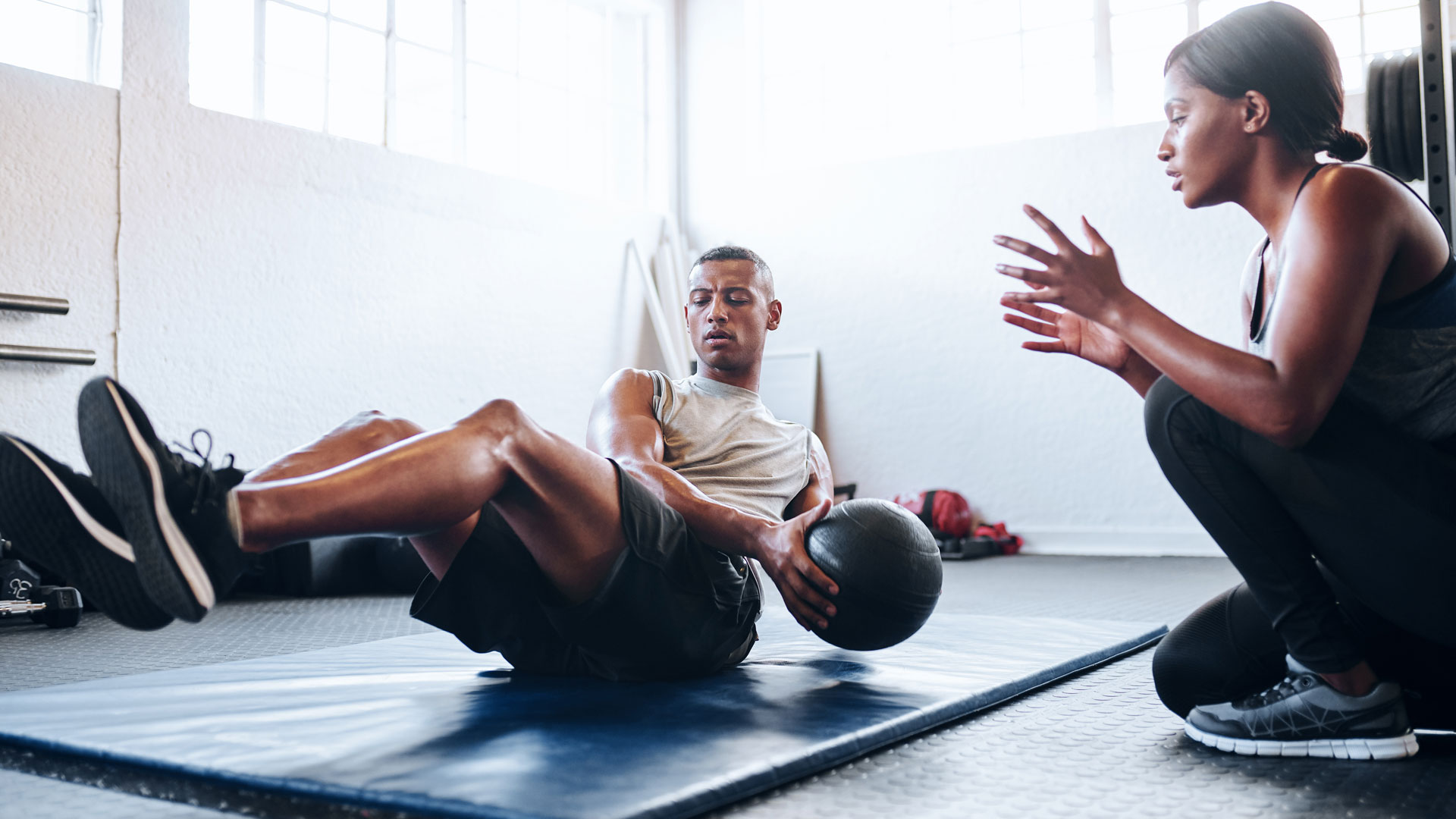
With core muscle injuries, the best treatment is:
- Avoid movements and activities which cause pain for the first couple of days.
- Avoid taking anti-inflammatories or icing the injury, which can impede healing.
- When pain has reduced, start to move again – don’t be afraid to move and add load, but listen to your body.
- Keep moving – staying still won’t get the blood flowing to the areas it needs.
- Re-introduce exercise to restore the area's mobility, strength, and proprioception.
“You can reduce the likelihood of core injuries by strengthening all the core muscle groups equally. Also, train for the sport you’re doing. So for example, if you’re a runner, focus on exercises that stabilize your core. If you’re a boxer, make sure you include exercises that involve rotation.”
Need inspiration? Try out 7 core strengthening exercises to get you started.
Catherine is a freelance journalist writing across titles such as Verywell Health, Healthline, The Daily Telegraph, Refinery29, Elle, and Vogue. She specializes in content covering health, fitness, wellness, and culture. A once reluctant runner, Catherine has competed in 30 running events in the past five years and looks forward to one day running the London Marathon.
-
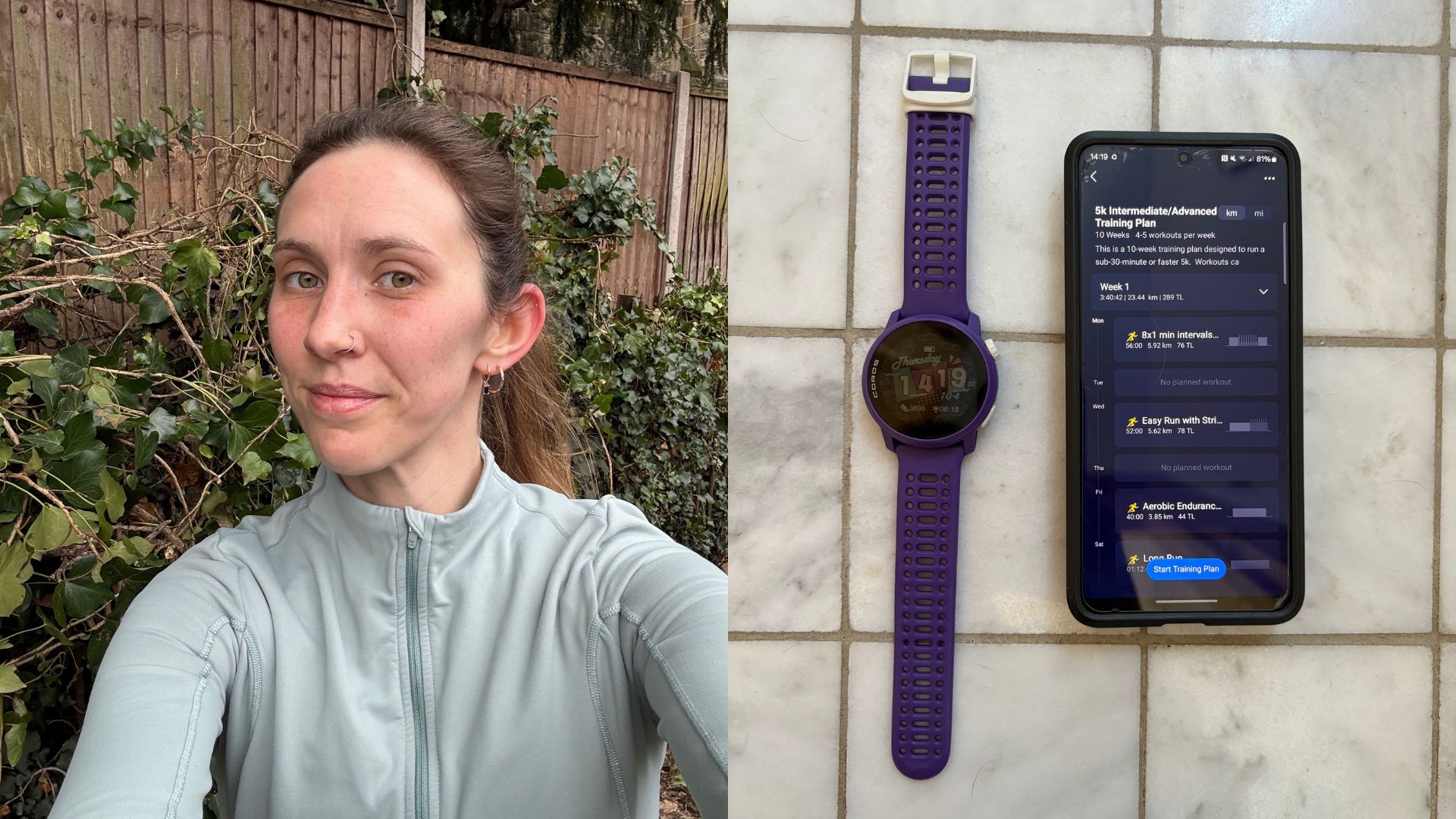 This is the exact running plan I followed for two months to finally get my 5K run time under 30 minutes
This is the exact running plan I followed for two months to finally get my 5K run time under 30 minutesAnd it helped me fall in love with running again
By Ruth Gaukrodger Published
-
 I increased my step count back to 10,000 a day after time off—here’s how I did it sustainably
I increased my step count back to 10,000 a day after time off—here’s how I did it sustainablyIt took me five weeks to get back to the ideal range
By Lou Mudge Published